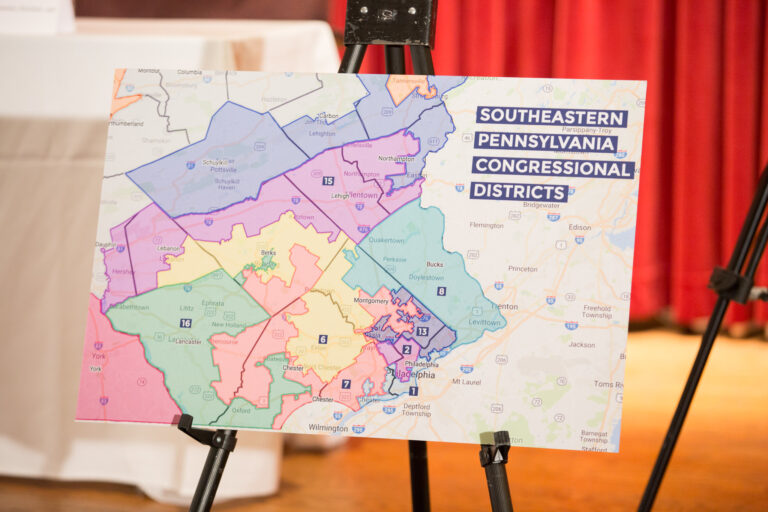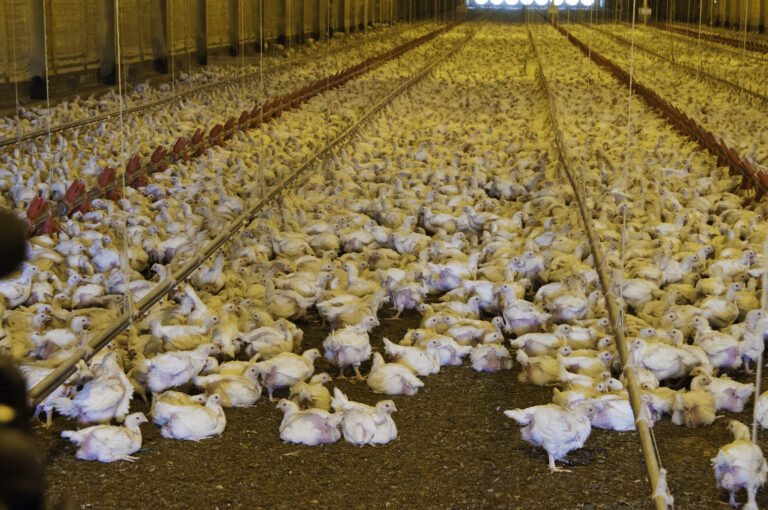Mackenzie Bouverat is a student at Harvard Law School.
Today, the country again confronts the question of ‘what to do about schools’ this coming fall. The executive’s position on the issue is clear: in a move seemingly calculated to pressure educational institutions to open their (physical) doors, U.S. Immigration and Customs Enforcement yesterday announced that international students studying at American schools are not permitted to live in the country unless their school offers in-person instruction. The President twice tweeted about the exigency of reopening schools within an hour of the publication of this guidance.
The Florida Department of Education has ordered all public schools to reopen for in-person instruction in the fall (as cases explode in the state). New York City is expected to reopen its public schools this coming fall, although New York state has not yet announced whether it plans to resume in-person education. The President of the United Federation of Teachers, Michael Mulgrew, has urged the state to institute greater protections for teachers at New York schools, including expansive testing, the monitoring of symptoms, and social distancing. Merrie Najimy, the President of the Massachusetts Teachers Association, recommends a phased reopening of schools. The Fairfax Education Association takes a harder line–the Virginian teachers union insists that schools should remain online until a vaccine is widely available. Public opinion is split on the issue: 54 percent of American voters report moderate to extreme discomfort with reopening K-12 schools for the beginning of the upcoming academic year, according to the latest POLITICO/Morning Consult poll. American parents face a double bind: as the working population is forced to return to “business as usual,” keeping classrooms virtual poses serious practical challenges: with already sky-high costs of child care expected to rise as daycares work to to accommodate social distancing protocols, working Americans may have no option but to send their children back to the classroom.
Following the lead of many other states, the Nebraska Department of Labor has announced the return of job search requirements for unemployment claimants. Eugene Scalia, Secretary for the U.S. Department of Labor, has indicated that the Federal response to coronavirus-related economic issues will pivot away from benefits programs, and will stimulate commerce through various means, including tax cuts and trade agreements. Americans, Scalia intimates, will soon be expected to return to work.






Daily News & Commentary
Start your day with our roundup of the latest labor developments. See all
December 15
Advocating a private right of action for the NLRA, 11th Circuit criticizes McDonnell Douglas, Congress considers amending WARN Act.
December 12
OH vetoes bill weakening child labor protections; UT repeals public-sector bargaining ban; SCOTUS takes up case on post-arbitration award jurisdiction
December 11
House forces a vote on the “Protect America’s Workforce Act;” arguments on Trump’s executive order nullifying collective bargaining rights; and Penn State file a petition to form a union.
December 8
Private payrolls fall; NYC Council overrides mayoral veto on pay data; workers sue Starbucks.
December 7
Philadelphia transit workers indicate that a strike is imminent; a federal judge temporarily blocks State Department layoffs; and Virginia lawmakers consider legislation to repeal the state’s “right to work” law.
December 5
Netflix set to acquire Warner Bros., Gen Z men are the most pro-union generation in history, and lawmakers introduce the “No Robot Bosses Act.”